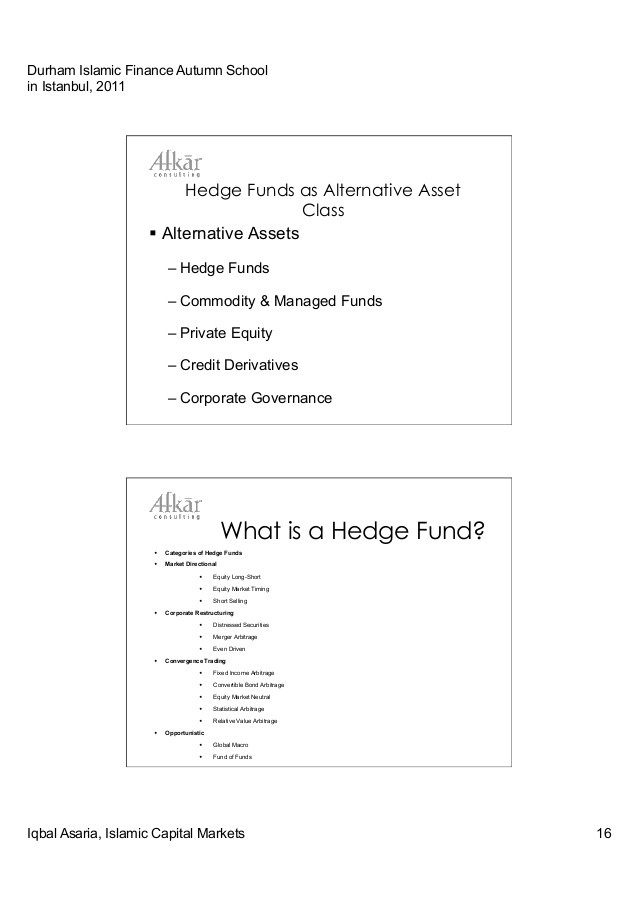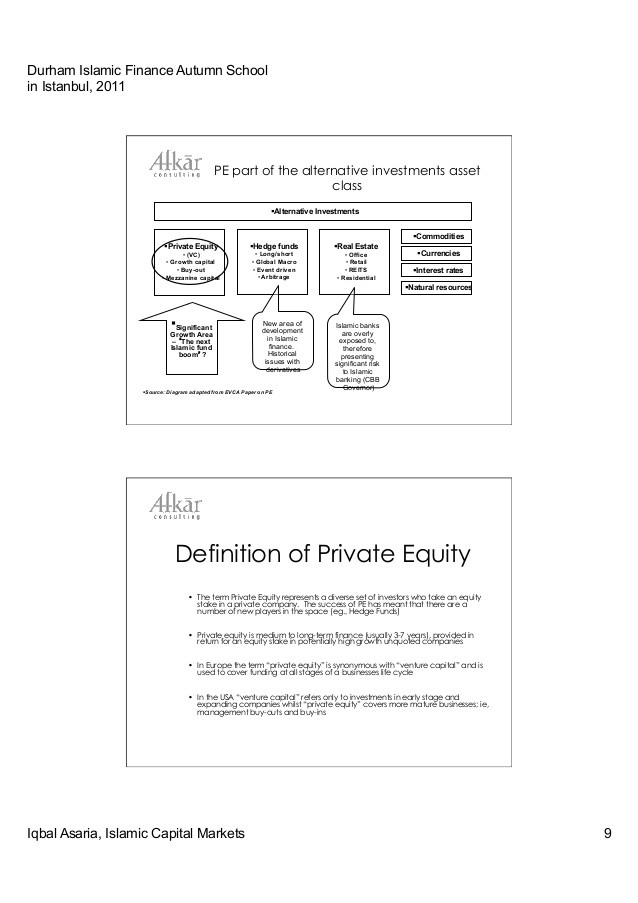Convertible bonds financing alternative for 2011
Post on: 25 Апрель, 2015 No Comment

Related services
Introduction
Many investment grade corporates have obtained funding in the bond markets in 2010 by offering relatively low yields to investors. The increase in overall interest rates predicted to occur in 2011, however, will lead corporate treasurers to look for ways of controlling the servicing costs on bonds and other borrowings. Convertible bonds are as a result expected to feature as a popular alternative method of funding in 2011.
What is a convertible bond?
Are there any drawbacks to issuing convertible bonds?
- Risks of no conversion — convertible bondholders are unlikely to want to take up their option to convert in circumstances where the price of the underlying shares remains below the conversion price. This being the case the issuer will need to consider how it will finance the redemption of the convertible bonds.
- Equity dilution — the shareholdings of existing shareholders will be diluted if the convertible bonds are converted and new shares issued to the convertible bondholders.
- Shorting — certain investors hope to make a profit from convertible bond deals by exploiting the pricing differentials between the convertible bonds and the underlying shares in the issuer. Typically this is achieved by investing in the convertible bonds and shorting the shares of the issuer at the same time. This type of activity has been associated with putting downward pressure on the price of an issuer’s shares.

Key commercial provisions
The key commercial provisions will be set out in the terms and conditions of the convertible bonds. Generally, the underlying philosophy of these conditions is to place restrictions on actions taken by the issuer which may adversely affect its ability to service the debt.
We believe that the key terms and conditions of the convertible bonds which an issuer will need to consider are:
- Negative pledge — limits the issuer’s ability to obtain other funding by restricting its ability to give security. Investment grade borrowers should only be restricted by a “eurobond negative pledge” which restricts borrowers from giving security for other bond financings but not for secured loan financings, whilst non-investment grade borrowers are likely to be required to provide an “all moneys negative pledge” restricting the provision of security for both bonds and loans. In any case, the borrower should ensure that appropriate exemptions are negotiated into the negative pledge to ensure that it is able to carry out its future funding plans.
- Adjustment event provisions — adjusts the conversion price so as to compensate the investors for corporate actions which may adversely affect their position (e.g. a rights issue, bonus issue, return of capital or change of control).
- Change of control put — awards investors a degree of protection by giving them the right to require the issuer to redeem the convertible bonds early. Alternatively, the bondholder may decide to convert the bonds at a reduced conversion premium (to account for the early conversion) or hold on to them. The change of control put is often supplemented by more deal or company specific investor puts e.g. where the issuer is a mining or pharmaceuticals company it may be appropriate to have an investor put, exercisable if the issuer loses a key licence.
- Issuer call — gives the issuer the right to redeem the convertible bonds at par with accrued interest where the underlying shares trade at an agreed percentage (usually somewhere between 130 and 150 per cent) above the conversion price for more than 20 out of 30 consecutive trading days. Another call option which we see negotiated by issuers allows for the issuer to redeem any remaining convertible bonds where a set majority of the bonds (i.e. 85 per cent) have already been redeemed or converted.
Restrictions and alternative structures
- Generally, a UK corporate wishing to issue convertible bonds will need to ensure that it has:
- available authorised share capital — an issuer must ensure that there are no restrictions on the number of shares which it can issue. If there are any such restrictions adequate headroom will be required to enable enough shares to be issued to investors on conversion of the convertible bonds;
- authority to allot shares — the company’s directors must have the power to allot the convertible bonds under the company’s articles of association. Failing this, the company will need to ensure that such power is granted by its shareholders in general meeting; and
- disapplied pre-emption rights — issuing convertible bonds for cash may necessitate the offering of the convertible bonds to existing shareholders of the issuer. Such pre-emption rights can be disapplied by a special resolution of its shareholders or avoided by issuing the bonds for non-cash consideration (see cash box structure below). UK Plcs also have to bear in mind the guidelines produced by the Pre-emption Group which recommend that any disapplication of pre-emption rights does not exceed 5 per cent of the ordinary share capital of the company in any one year, or cumulatively exceed 7.5 per cent over a three year period.
- Exchangeable bonds — these differ to convertible bonds in that they convert into shares of a company other than the issuer, although usually into a company owned by the issuer. As control of the underlying shares will reside with a third party the terms and conditions will differ from those for convertible bonds, in particular in relation to adjustment events and the mechanism for calculating the conversion price.
- Cash-box structures — avoids pre-emption right issues under the UK Companies Acts by ensuring that the convertible bonds are issued in exchange for shares in a cash-box SPV company rather than for cash itself.














